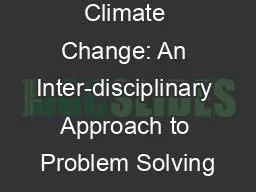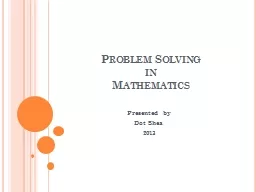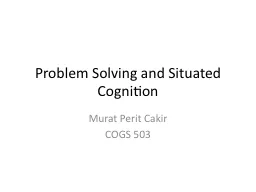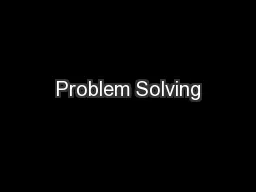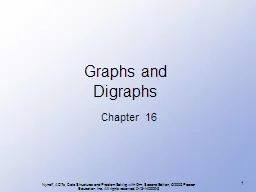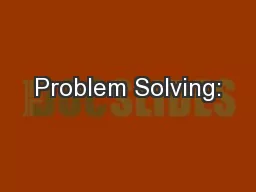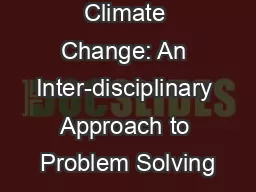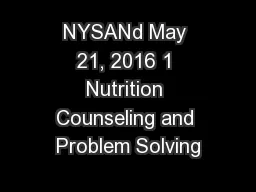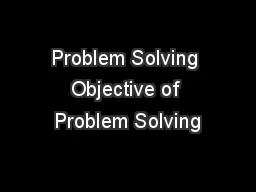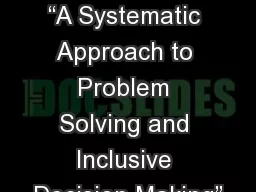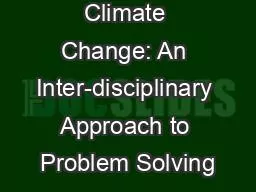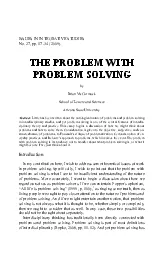PPT-Climate Change: An Inter-disciplinary Approach to Problem Solving
Author : unisoftsm | Published Date : 2020-08-27
AOSS 480 NRE 480 Richard B Rood Cell 3015268572 2525 Space Research Building North Campus rbroodumichedu http aossenginumichedu peoplerbrood Winter 2015 March
Presentation Embed Code
Download Presentation
Download Presentation The PPT/PDF document "Climate Change: An Inter-disciplinary Ap..." is the property of its rightful owner. Permission is granted to download and print the materials on this website for personal, non-commercial use only, and to display it on your personal computer provided you do not modify the materials and that you retain all copyright notices contained in the materials. By downloading content from our website, you accept the terms of this agreement.
Climate Change: An Inter-disciplinary Approach to Problem Solving: Transcript
Download Rules Of Document
"Climate Change: An Inter-disciplinary Approach to Problem Solving"The content belongs to its owner. You may download and print it for personal use, without modification, and keep all copyright notices. By downloading, you agree to these terms.
Related Documents

